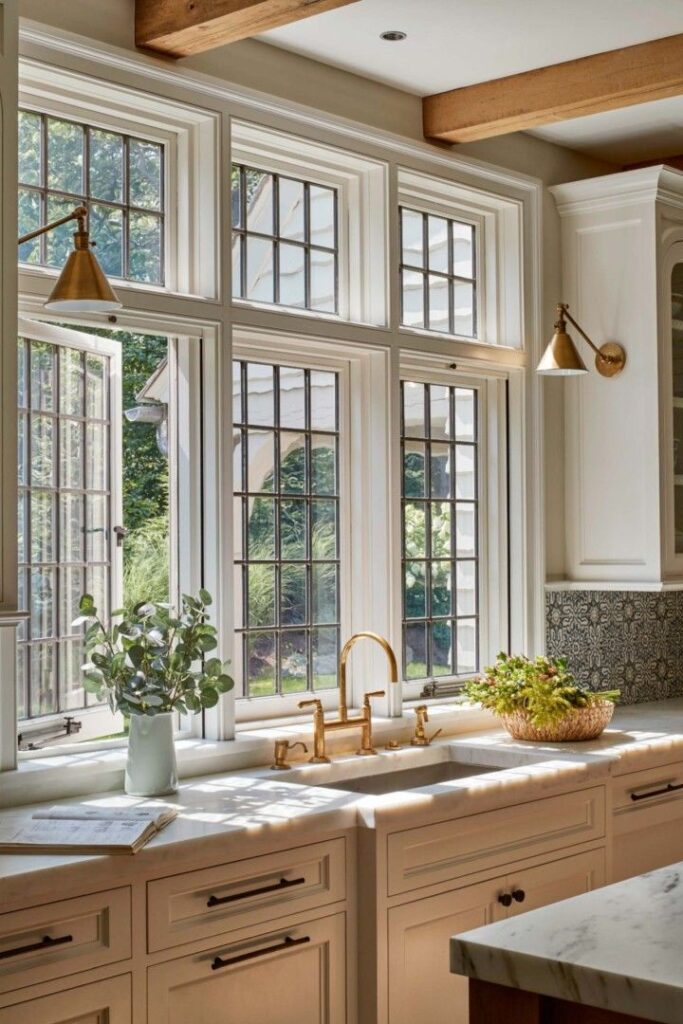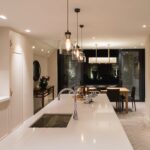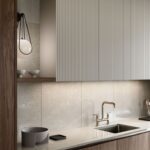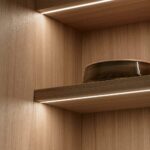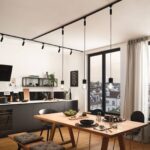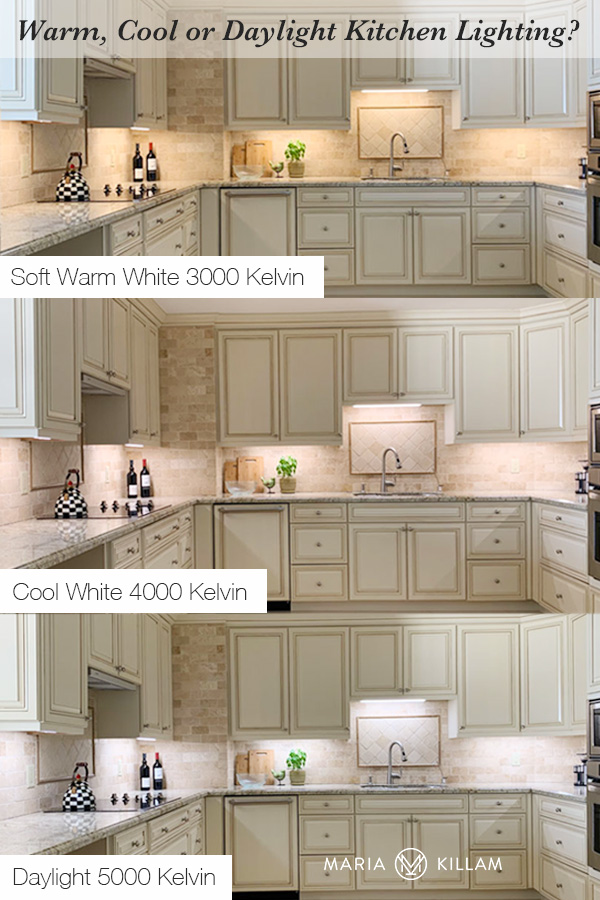
Proper lighting in the kitchen is essential for creating a functional and comfortable space for cooking, dining, and entertaining. There are several factors to consider when lighting a kitchen, including task lighting, ambient lighting, and accent lighting. Task lighting is crucial for illuminating work areas such as countertops, stovetops, and sinks to ensure safe and efficient food preparation. Under-cabinet lighting, track lighting, and pendant lights are popular options for task lighting in the kitchen. Ambient lighting provides overall illumination and sets the mood for the room. This can be achieved with ceiling fixtures, recessed lighting, or chandeliers. Accent lighting is used to highlight specific areas or features in the kitchen, such as artwork, shelves, or architectural details. It adds depth and visual interest to the space. When selecting lighting fixtures for the kitchen, it is important to consider the size and layout of the room, as well as the overall design aesthetic. LED lights are energy-efficient and long-lasting options for kitchen lighting. Properly lighting the kitchen can enhance its functionality, aesthetics, and overall ambiance.
The kitchen is often referred to as the heart of the home, and lighting plays a crucial role in creating a warm and inviting atmosphere. Proper lighting is essential for both functionality and aesthetics in this busy space where we prepare meals, eat, and entertain guests. When it comes to illuminating the kitchen, there are various considerations to keep in mind to ensure that the lighting is both practical and stylish.
One of the key elements to consider when lighting the kitchen is the type of lighting fixtures to use. Task lighting is essential for areas where food prep and cooking take place, such as over the stove, sink, and countertop. Under-cabinet lighting is a popular choice for providing adequate task lighting without creating harsh shadows. Pendant lights over the kitchen island or dining table can also add a decorative touch while providing focused lighting for specific tasks. For overall ambient lighting, recessed lights or track lighting can be installed to evenly distribute light throughout the space.
Another important aspect to consider when lighting the kitchen is the type of bulbs to use. LED bulbs are becoming increasingly popular due to their long lifespan, energy efficiency, and variety of color temperatures. Warm white or soft white bulbs are great for creating a cozy and inviting atmosphere, while cool white or daylight bulbs are ideal for providing bright, clear light for tasks like chopping vegetables or reading recipes. Dimmable bulbs are also a versatile option that allows you to adjust the brightness level based on your needs and mood.
In addition to functionality, lighting in the kitchen can also be used to enhance the overall design of the space. Statement lighting fixtures, such as chandeliers or oversized pendant lights, can serve as focal points and add a touch of style and personality to the room. Mixing different types of lighting sources, such as overhead lights, under-cabinet lights, and decorative fixtures, can create layers of light that add depth and visual interest to the kitchen. Ultimately, a well-lit kitchen not only enhances the functionality of the space but also creates a welcoming ambiance that makes it a joy to spend time in.
 Decor ideas Style Starts Here
Decor ideas Style Starts Here
